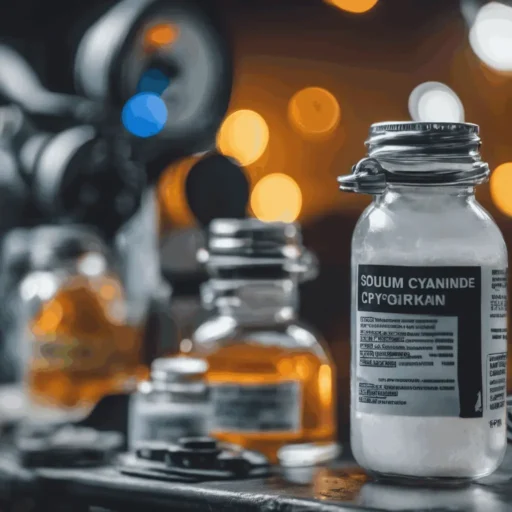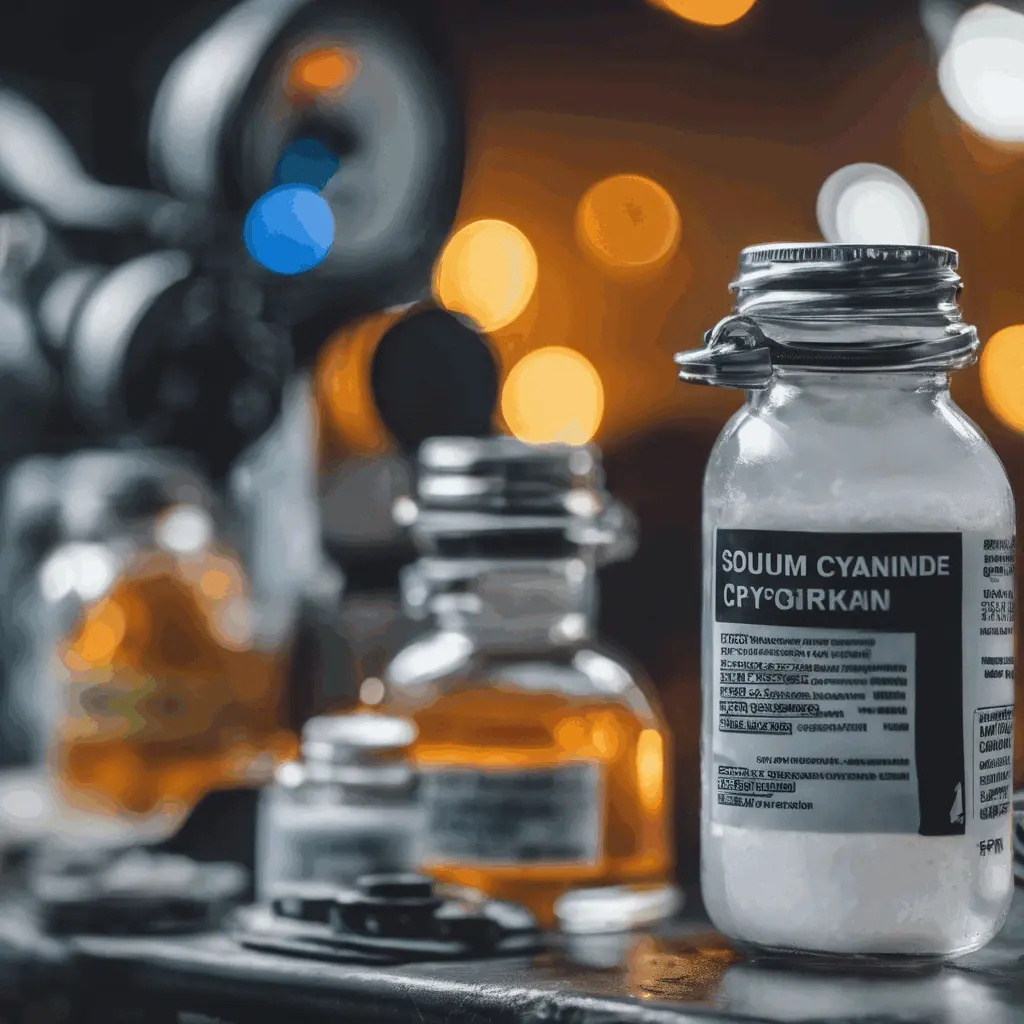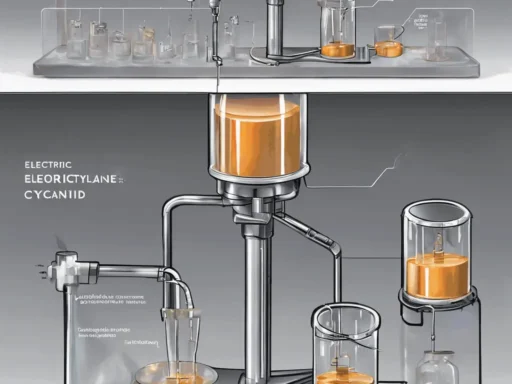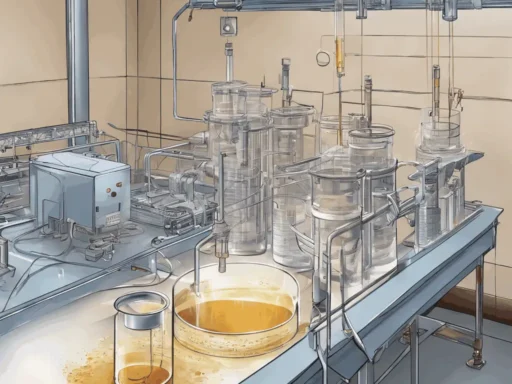Sodium cyanide has long been a staple in various industrial processes, especially in mining and metal plating. Its effectiveness in extracting precious metals like gold and silver from ores makes it invaluable to the mining industry. Similarly, its use in electroplating helps in depositing metals on substrates for various decorative and functional applications. However, sodium cyanide’s high toxicity poses significant environmental and health risks, prompting industries to seek safer alternatives. This blog post delves into the emerging chemicals and methods that are being developed to replace sodium cyanide, focusing particularly on the fields of mining and metal plating.
Alternatives in Gold and Silver Mining
Gold and silver mining has traditionally relied on cyanide leaching, a process where sodium cyanide dissolves precious metals from their ores. Despite its efficiency, the environmental hazards associated with cyanide spills have led to increased regulatory scrutiny and a push for sustainable practices. Here are some notable alternatives:
- Thiosulfate Leaching: This technique has emerged as a promising cyanide-free method, particularly for extracting gold. Thiosulfate is less toxic than cyanide and poses fewer environmental risks. Major mining companies, including Barrick Gold, have successfully implemented thiosulfate leaching processes in their operations, showing comparable extraction efficiencies to cyanide.
- Chlorination: The chlorination process, which involves the use of chlorine gas to dissolve gold from ores, was a predominant method before the advent of cyanide leaching. It is making a resurgence as a viable alternative due to advancements in handling and neutralizing emissions, thus reducing its environmental impact.
- Bioleaching: Utilizing microorganisms to leach precious metals, bioleaching presents an environmentally friendly alternative. Certain bacteria and archaea can metabolize the mineral components of the ore to release gold and silver. This method is particularly useful for low-grade ores and is gaining traction for its minimal environmental footprint.
- Ionic Liquids: A cutting-edge approach involves the use of ionic liquids—salts in a liquid state at room temperature—as solvents for metal extraction. Research indicates that certain ionic liquids can effectively dissolve gold without the toxic risks associated with cyanide.
Alternatives in Metal Plating
Metal plating is crucial for enhancing the durability, aesthetics, and corrosion resistance of metal parts. Sodium cyanide has been predominantly used in the plating of metals like copper and zinc. However, due to environmental and safety concerns, the industry is moving towards cyanide-free alternatives:
- Cyanide-Free Zinc Plating: New formulations that replace cyanide-based baths with alkaline zinc-iron, zinc-nickel, or zinc-cobalt systems are being adopted. These alternatives not only eliminate the use of cyanide but also offer better plating quality and enhanced corrosion resistance.
- High-Throw Electroless Nickel Plating: This method uses a chemical reduction process to deposit nickel, eliminating the need for cyanide. Electroless nickel plating provides uniform thickness and increased hardness, making it ideal for complex geometries.
- Boric Acid-Based Solutions: In copper plating, replacing cyanide with boric acid-based solutions has proven effective. Boric acid is much less toxic and provides good conductivity and adhesion properties.
Moving Forward
The shift away from sodium cyanide in industrial applications is driven by the need for safer, more sustainable practices. While the alternatives mentioned offer promising results, they also come with their own challenges, such as cost implications, operational changes, and scalability issues. Continued research and development are crucial to refine these alternatives and ensure they can meet the demands of large-scale industrial applications.
Furthermore, regulatory frameworks and industry standards need to evolve to support the adoption of these safer alternatives. Encouraging collaboration among academia, industry, and government bodies can accelerate the development of effective and economically viable solutions.
Conclusion
As industries increasingly prioritize sustainability and safety, the move away from sodium cyanide is becoming more feasible thanks to technological advancements and innovative approaches. While the transition involves significant challenges, the potential benefits of reducing environmental impact and enhancing worker safety make it a worthy endeavor. The ongoing development of alternative methods and chemicals will likely continue to reshape industrial processes, setting new benchmarks for environmental stewardship and operational efficiency in the mining and metal plating industries.






